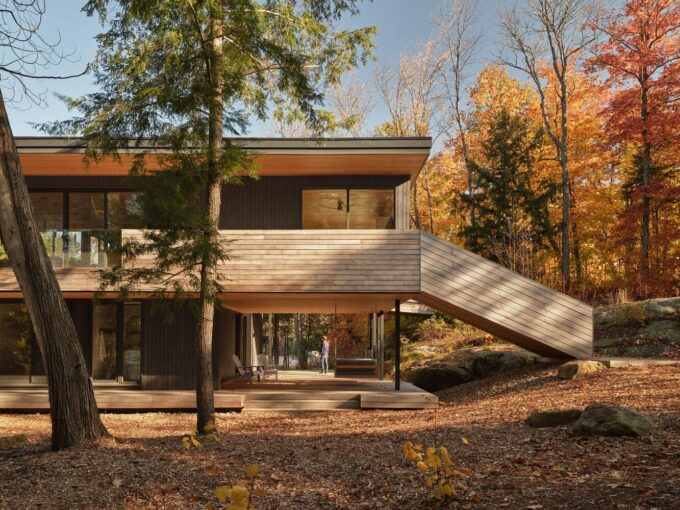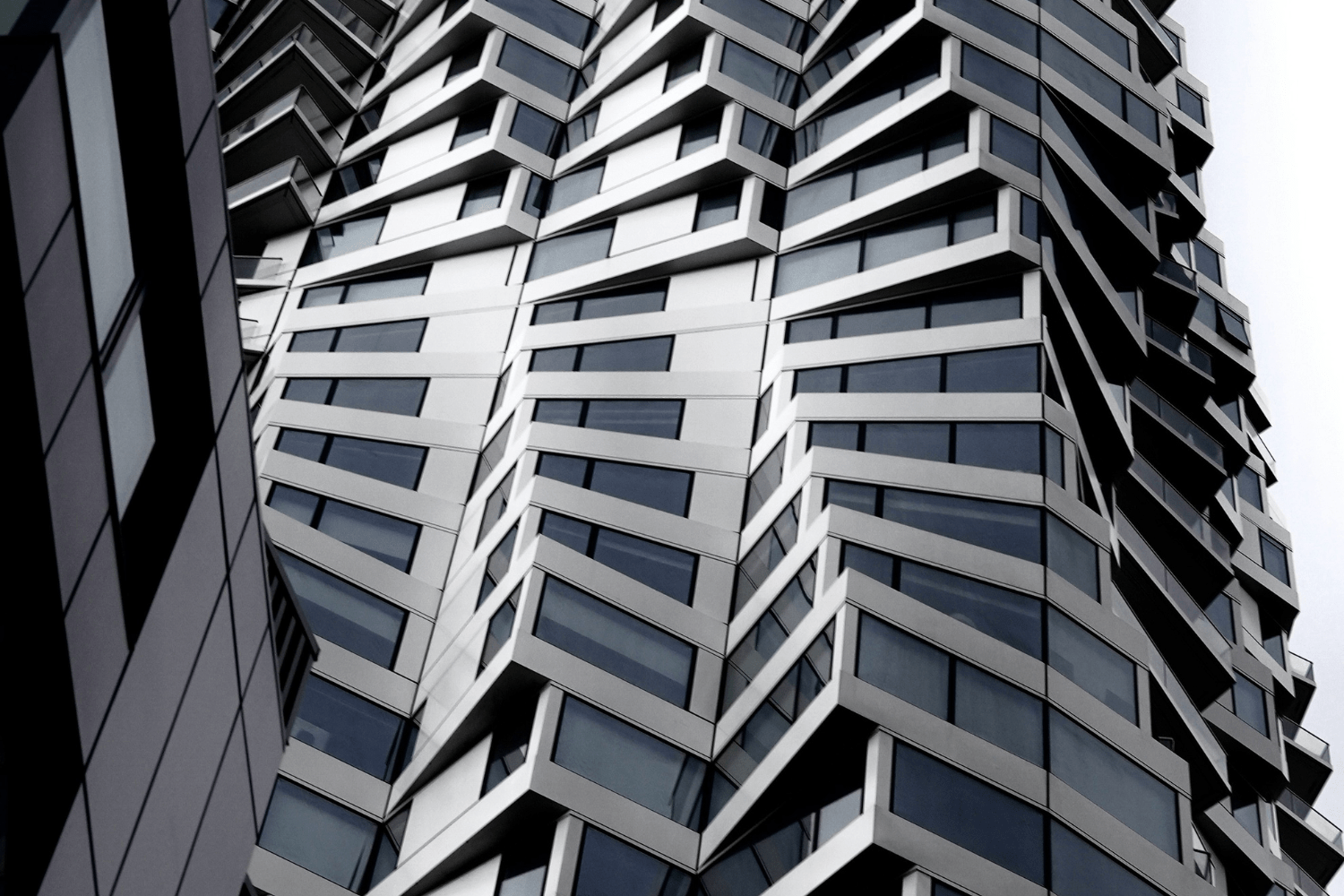- Home
- Articles
- Architectural Portfolio
- Architectral Presentation
- Inspirational Stories
- Architecture News
- Visualization
- BIM Industry
- Facade Design
- Parametric Design
- Career
- Landscape Architecture
- Construction
- Artificial Intelligence
- Sketching
- Design Softwares
- Diagrams
- Writing
- Architectural Tips
- Sustainability
- Courses
- Concept
- Technology
- History & Heritage
- Future of Architecture
- Guides & How-To
- Art & Culture
- Projects
- Interior Design
- Competitions
- Jobs
- Store
- Tools
- More
- Home
- Articles
- Architectural Portfolio
- Architectral Presentation
- Inspirational Stories
- Architecture News
- Visualization
- BIM Industry
- Facade Design
- Parametric Design
- Career
- Landscape Architecture
- Construction
- Artificial Intelligence
- Sketching
- Design Softwares
- Diagrams
- Writing
- Architectural Tips
- Sustainability
- Courses
- Concept
- Technology
- History & Heritage
- Future of Architecture
- Guides & How-To
- Art & Culture
- Projects
- Interior Design
- Competitions
- Jobs
- Store
- Tools
- More
Best Facades Designs: Architectural Marvels You Need to See

When it comes to architecture, a building’s facade can make a lasting first impression. From minimalist designs to intricate geometric patterns, the facade sets the tone for what lies beyond its walls. We’ve scoured the globe to bring you the 20 best facade designs that showcase innovation, creativity, and functionality.
Take, for instance, the Guangzhou Opera House with its tessellated triangular glass sections that illuminate public areas and emphasize its crystalline nature. Or consider the rustic charm of a small home with an inset wooden entrance bathed in golden light, proving that even compact spaces can shine with the right design choices. Join us as we explore these stunning facades that redefine the boundaries of architectural beauty.

Table of Contents
ToggleExploring Facade Design: What You Need to Know
The Importance of Facade Design in Architecture
Facade design plays a crucial role in architecture by defining a building’s exterior and creating an immediate visual impact. A well-designed facade communicates the building’s purpose and style, enhancing its identity in the urban fabric. Solid design integrates aesthetics, functionality, and sustainability, often becoming a landmark.
Key Elements of Successful Facade Design
Several elements contribute to successful facade design which, when combined, create an engaging and practical structure.
- Material Selection: Choosing appropriate materials impacts durability, aesthetics, and environmental performance. Examples include granite, glass, steel, and innovative composites.
- Lighting: Strategic use of natural and artificial light can transform the facade. Tessellated glass sections, for instance, can illuminate interiors and highlight architectural features.
- Structural Integrity: Robust structural elements ensure the facade’s stability. Steel frameworks or three-direction skew folded plates provide necessary support.
- Environmental Integration: Facades should harmonize with their surroundings. Using computational analysis to achieve responsive designs ensures sustainability and self-shading features.
- Visual Connection: Semi-transparent membranes or gridded panels can bridge inside and outside spaces, creating fluid transitions and visual continuity.
By focusing on these key elements, designers can create facades that not only impress visually but also perform effectively in diverse environmental conditions.

Standout Facade Designs Around the World
Modern and Contemporary Styles
Modern and contemporary facade designs redefine architectural boundaries. The Guggenheim Museum Bilbao, designed by Frank Gehry, showcases an organic titanium-clad facade. Approximately 33,000 thin titanium sheets create a dynamic visual effect, changing color with the weather and light. Gehry’s innovative choice of materials harmonizes with limestone and glass, producing an iconic structure recognized worldwide.
The Guangzhou Opera House, designed by Zaha Hadid Architects, features a striking dual-structure facade. The larger building’s charcoal granite cladding gives a rough texture, while the smaller structure uses lighter white granite. Over 75,000 pieces of granite cover a 24,700m² area, achieving a pebble-like appearance. Tessellated triangular glass sections provide natural lighting and emphasize the crystalline nature of the opera house, creating an architectural masterpiece.
Historical and Cultural Significance in Facade Designs
Historical and culturally significant facade designs pay homage to past architectural styles. The Spanish-mission style home from the 1920s, modernized by a thoughtful renovation, retains its historic charm while adopting a contemporary gray exterior. This renovation strikes a balance between honoring the past and embracing present trends.
Another example includes a grand, European-inspired property designed by Rob Mills Architecture & Interiors. The use of traditional architectural elements like custom rendering and wrought-iron gates highlights the owners’ Italian heritage, blending historical influences with modern conveniences.
Innovative facade designs not only enhance a building’s identity but also integrate cultural narratives, drawing inspiration from history while creating visually stunning and functional structures.
Innovative Materials and Technologies in Facade Construction
Sustainable Materials and Green Building
Sustainable materials play a pivotal role in facade construction, providing environmental benefits and enhancing building aesthetics. For instance, the National Aquatics Centre in Beijing, also known as the Watercube, utilizes ETFE (ethylene tetrafluoroethylene) material. This innovative choice not only serves as a translucent daylight channel but also works as an insulator, helping passively heat the building.
Marble facades, like those seen in One Kleomenous in Athens, deploy locally-sourced materials, reflecting topographical elements and reducing transportation emissions. The 2,000 CNC-cut marble pieces used emphasize bespoke beauty and eco-conscious design, aligning with sustainable goals.

Technological Advances in Facade Design
Technological advancements redefine facade design, broadening architectural possibilities through computational tools. The Guangzhou Opera House, by Zaha Hadid Architects, showcases this with its tessellated triangular glass sections. The innovative design allows natural light to flood public areas, enhancing the facade’s crystalline appearance.
Parametric modeling technology has paved the way for complex designs like the Guggenheim Museum Bilbao’s titanium-clad facade. The facade, created with 33,000 titanium sheets, provides a weather-respondent, organic texture, highlighting how technology transforms material applications into dynamic architectural elements.
Our ongoing exploration of cutting-edge materials and technologies in facade construction reveals an industry driven by innovation and sustainability, continually reshaping our built environment.
Practical Aspects of Facade Design
Balancing Aesthetics and Functionality
Facade design requires a balance between aesthetics and functionality. While the visual appeal draws attention, a well-designed facade ensures structural integrity and performance. For example, the Guangzhou Opera House, with its tessellated triangular glass sections, not only creates a crystalline appearance but also optimizes natural light and public accessibility. Materials play a critical role in this balance. The Guggenheim Museum Bilbao uses approximately 33,000 titanium sheets to provide a visually striking, yet durable, cladding. When we consider design options, integrating both aesthetic charm and practicality is key to achieving architectural excellence.
Regulatory Impact on Facade Design Choices
Regulations significantly impact facade design choices. Building codes and environmental standards dictate the materials and construction methods used. For instance, the Watercube’s ETFE facade serves as an insulator, meeting energy efficiency standards while providing natural light. Compliance ensures that designs are safe, sustainable, and cost-effective. Projects like the Broad Museum, with its steel and GFRC panels, highlight the necessity of adhering to structural and safety regulations while still pushing creative boundaries. These constraints often drive innovation, leading to advanced solutions that meet regulatory requirements without compromising on design integrity.
Conclusion
The preceding sections demonstrate how facade design impacts visual appeal and functionality, often serving as the architectural focal point. Highlighting examples like the Watercube and Pushkinsky Cinema, we observe the creative use of materials and innovative design techniques.
The Watercube in Beijing features ETFE material, which functions as both façade and structural component. Its blue bubbles allow daylight penetration and passive heating, enhancing energy efficiency. This design merges environmental considerations with striking aesthetics.
Similarly, the renovated Pushkinsky Cinema employs DuPont Corian panels. These thermoformed sheets transform the Brutalist icon with a flowing, intricate lattice inspired by the Russian Veil. The resulting façade balances robustness with delicate visual intricacy.
In contrast, the Guangzhou Opera House showcases how material variation can define architectural elements. Dark granite covers the larger building, providing a textured, monumental presence, while lighter stone clads the smaller structure. These choices create a striking contrast, emphasizing each building’s function within the complex.
These examples illustrate the significance of facades in modern architecture. By leveraging materials and innovative techniques, architects create dynamic structures that captivate and perform.
- architectural design ideas
- architectural facades
- architectural marvels
- best architectural facades
- best facade designs
- building facade ideas
- contemporary facade architecture
- creative building facades
- eye-catching facade designs
- facade design
- facade design examples
- facade design gallery
- facade design photography
- facade design trends
- facade inspiration
- innovative building facades
- modern facade architecture
- stunning facade designs
- top facade designs
- unique facade designs
Submit your architectural projects
Follow these steps for submission your project. Submission FormLatest Posts
How Facades Tell Cultural Stories
How facades tell cultural stories—decode symbols, materials, and climate cues with regional...
Top 10 Examples of Dynamic Facade Designs Around the World
Dynamic facades are transforming contemporary architecture with systems that move, react, and...
8 Trends in Dynamic Facade Design You Need to Know
Dynamic façades are reshaping contemporary architecture by responding to climate, light, and...
Transform Ordinary Facades Into Striking Designs With These Key Upgrades
When it comes to enhancing the appearance of a home, few aspects...












Leave a comment